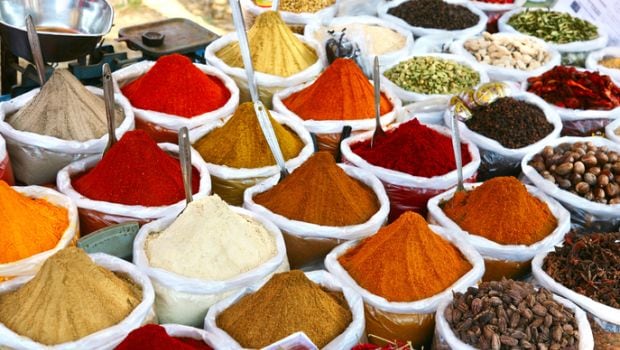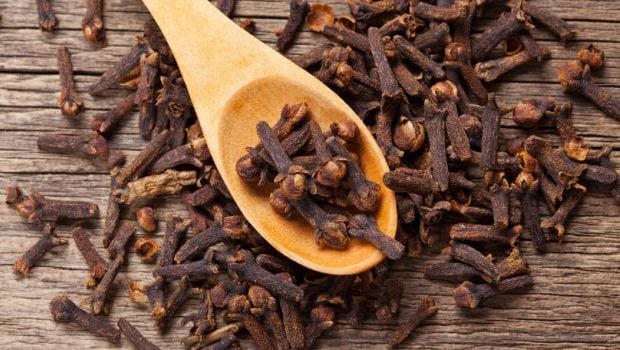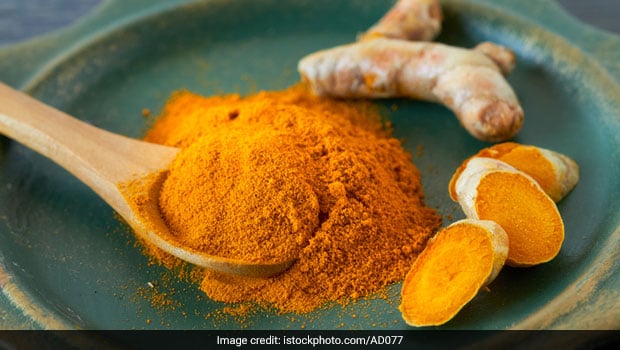Also Read:Health Benefits Of 38 Important Spices From Around The World

Spices You Can Have During Navratri
Most of you would know that you cannot use the regular table salt while preparing special vrat ka khana. One is supposed to use rock salt or sendha namak; it is considered as the superior salt as it is pure and not subjected to processing. Similarly, there are a lot of spices that you cannot use. Since it is the time to eat light and cleanse yourself from within, too much spicy food can give rise to tamas guna ( attributes of chaos and destruction). According to Hindu and ancient Ayurvedic understanding, foods can be divided into three categories, depending upon their nature and the response they trigger in the body after consumption. These three categories are as follows:
1. Raajasic food
2. Taamasic food
3. Sattvik food
The word ‘sattvik’ comes from the word ‘sattva‘, which means the one that is pure, natural, vital, energetic and clean. Vegetables like bottle gourd and pumpkin are sattvik vegetables that you can enjoy during the fasts. Similarly, there are many subtle spices that you can have during Navratri vrat too. Here is a list.
1. Cumin or cumin Powder
2. Green cardamom
3. Cloves
Also Read: 14 Amazing Benefits of Clove Oil

There are many subtle spices that you can have during Navratri vrat
4. Cinnamon
5. Ajwain
6. Black peppercorn
7. Dry pomegranate seeds
8. Kokum
9. Tamarind
10. Nutmeg
Spices You Cannot Have During Navratri:
1. Asafoetida (hing)
2. Turmeric (haldi)

Turmeric should not be used during navtatri vrat
3. Mustard
4. Fenugreek seeds(methidana)
5. Garam Masala
6. Dhania (coriander)
Some people also use fresh coriander leaves, red chili powder, dry mango powder, chaat masala (especially with fruits) while some may not use them. A lot depends on the devotee’s beliefs and family traditions.
Here’s wishing you all a very Happy Navratri!
For all the latest Health News Click Here
For the latest news and updates, follow us on Google News.
